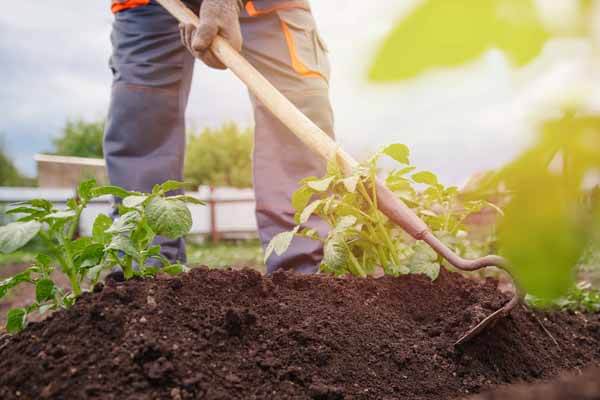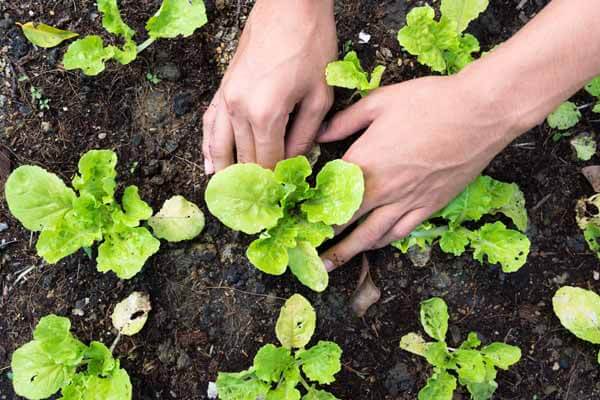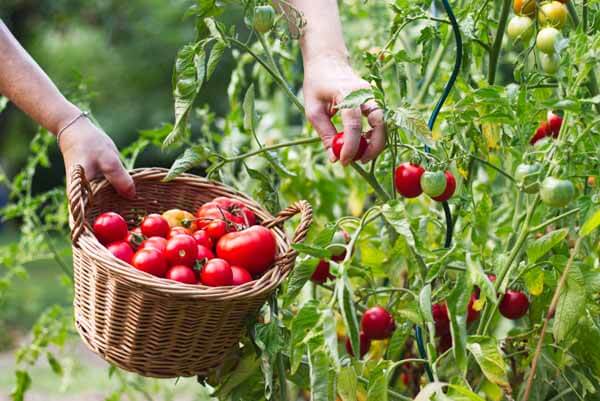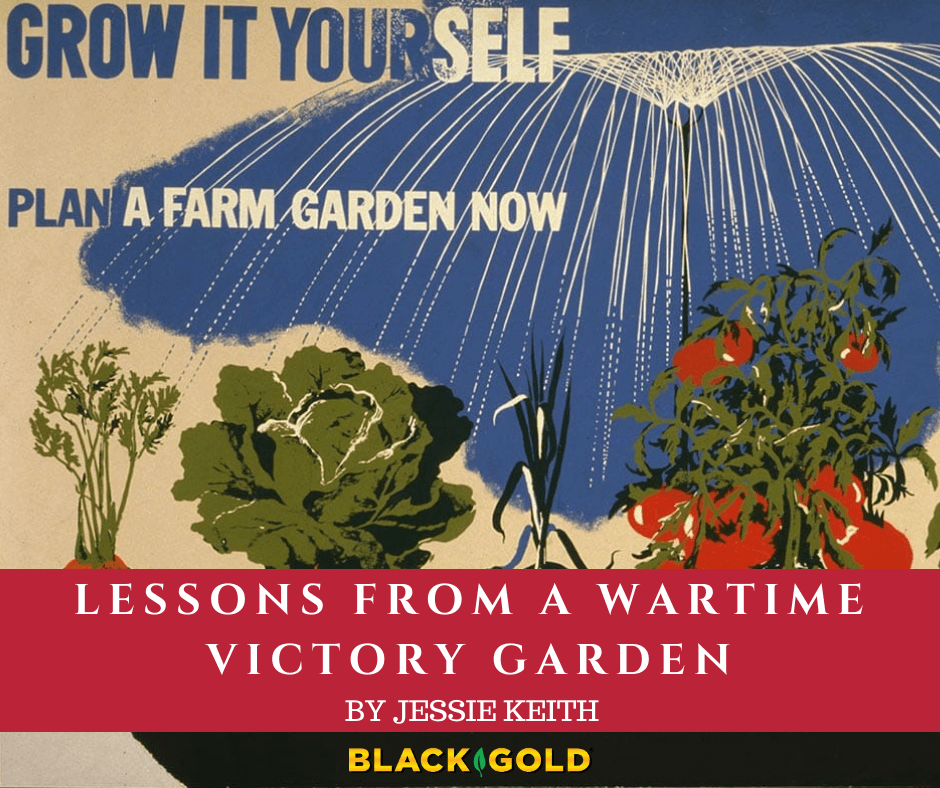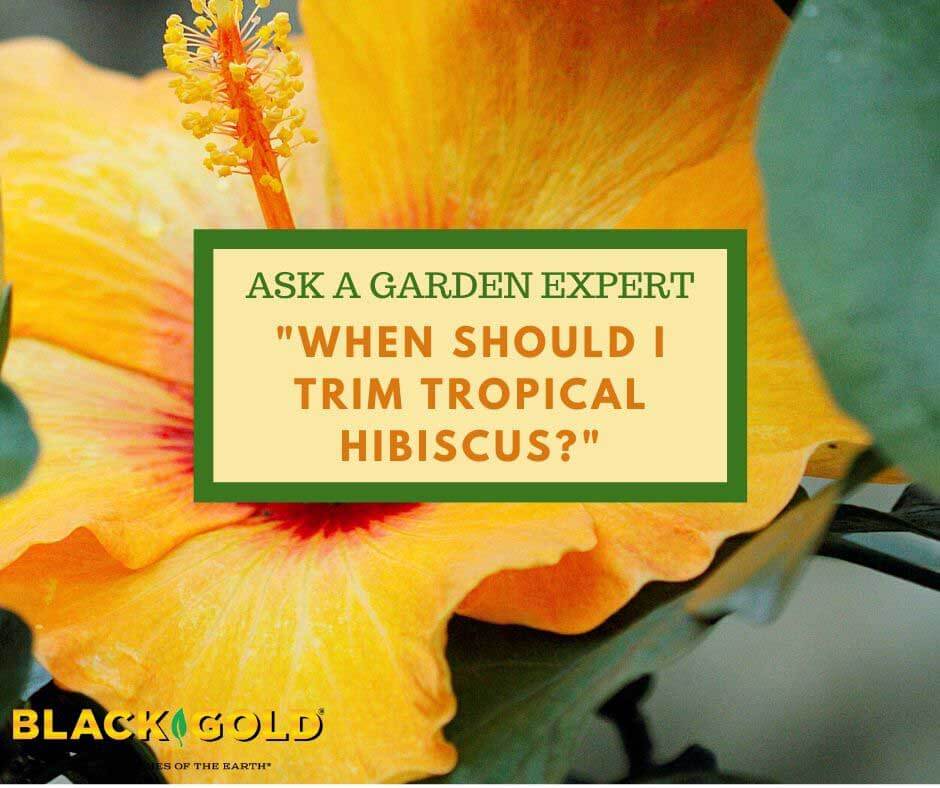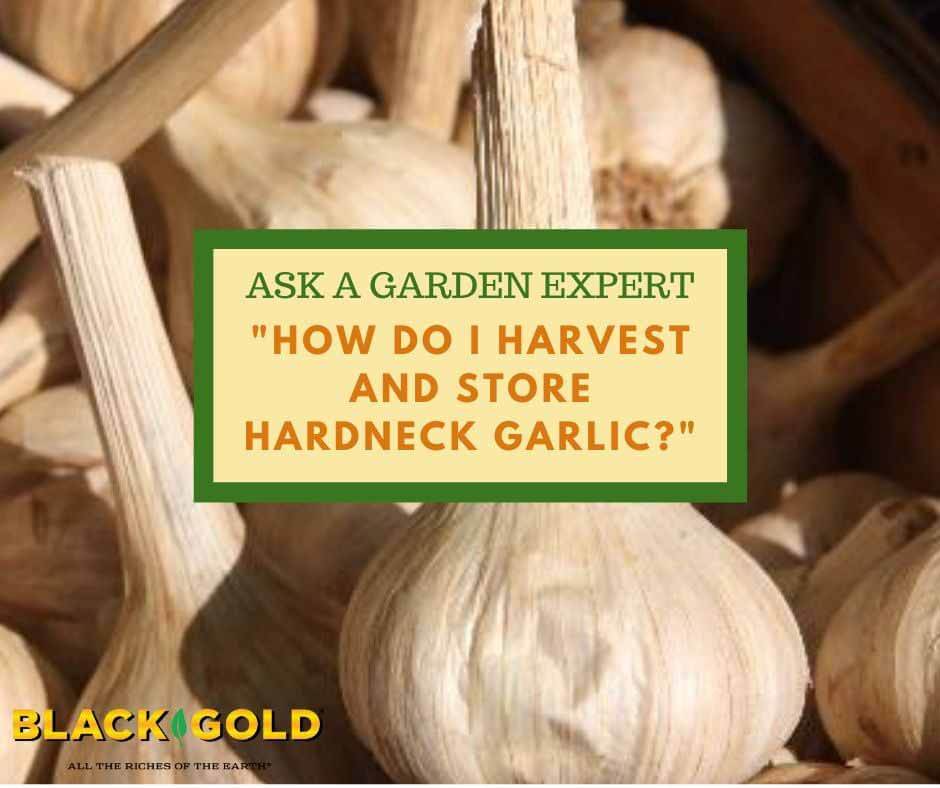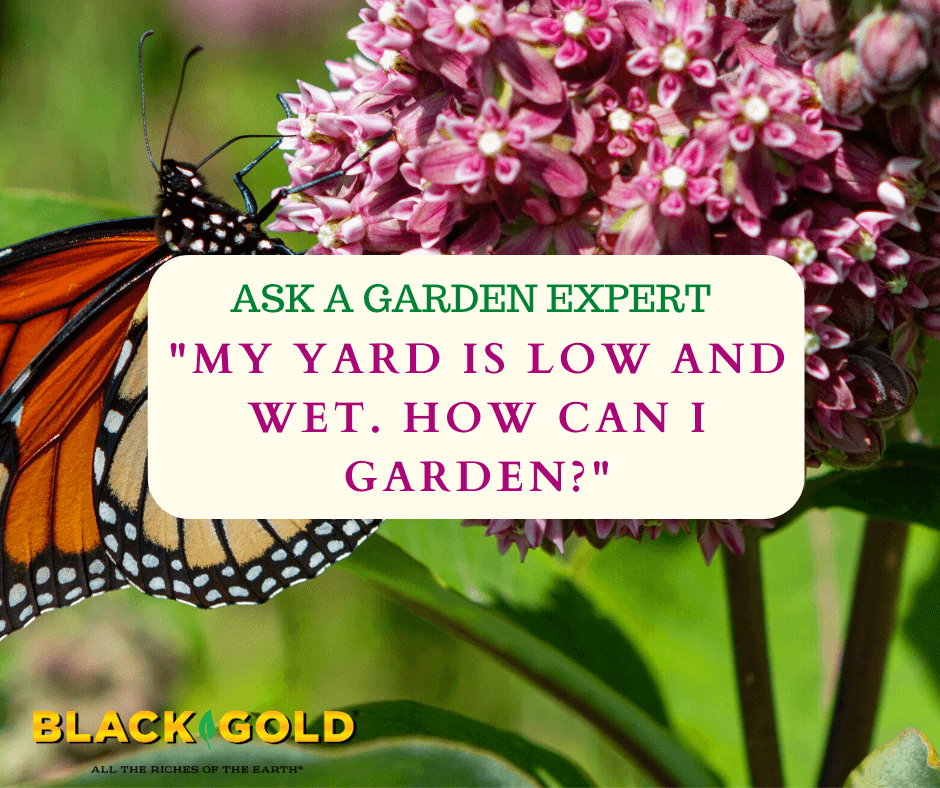
“How do I plant a garden when most of my yard holds water after the rain?” Question from Kim of St. Clair, Michigan
Answer: You essentially have two options. Either build raised gardens (click here to learn more about raised bed gardening) or go with the flow and plant a wetland or rain garden. I have an area of my yard where an old stream used to flow, and it’s always wet in spring. Instead of trying to build it up, I created a wetland meadow garden complete with pink swamp milkweed (Asclepias incarnata, click here to learn more about milkweed), swamp hibiscus (Hibiscus moscheutos, check out Summerific® ‘Evening Rose‘), ornamental rushes, Joy-Pye-weed, and other beautiful wetland bloomers. (Click here to learn more about rain gardening.)
There are also plenty of very pretty, very hardy shrubs that like moist soil or periodically wet soil. These include winterberries (Ilex verticillata, click here to read more about winterberry), redtwig dogwood (Cornus sericea, click here to read more about redtwig dogwood), and Sugar Shack® buttonbush (Cephalanthus occidentalis Sugar Shack®).
I hope that this information helps. Seasonally wet ground is plantable and can be beautiful if you plant the right things.
Happy gardening,
Jessie Keith
Black Gold Horticulturist





